Find My School’s Suspension Rate
Click on the chart below to find the out-of-school suspension (OSS) rate for your individual school, school district, or the entire state of Georgia. You can also see the OSS rate based on race, gender, grade, and whether students receive special education services (disability).
To search by school, first select the district and then select the desired school. The % represents the number of students who have had at least one OSS in a school year and who fall within the selected subcategory.
1. See, “LGBTQ Student Victimization and its Relationship to School Discipline and Justice System Involvement,” Palmer, N.A. & Greytak, E.A., Criminal Justice Review (2017). Accessible at https://www.glsen.org/research/lgbtq-student-victimization-school-discipline.
At the state, district, and school level you may search by subcategories: grade, gender, race/ethnicity, and special education status. At the state and district levels, you may also view the state OSS rate by selecting the overview chart. At the school level, you may compare your schools’ OSS rate with the state average for schools at the same school level (elementary, middle, or high school) by selecting the school level chart.
The Georgia Department of Education (GaDOE) provides Georgia Appleseed with the discipline rate information in this toolkit. These rates are calculated using discipline data reported annually by each school to its district office, and then by each district to the Georgia Department of Education (GaDOE). Unfortunately, GaDOE does not collect information that would allow us to determine the discipline rates for LGBTQ+ children. As a result, this toolkit only contains discipline information for male and female genders.
Georgia’s LGBTQ+ youth experience high rates of bullying, discrimination, and other victimization based on their identity, which we see lead to greater contact with school discipline and juvenile justice systems, and likely a higher rate of exclusionary discipline [1]. Georgia Appleseed acknowledges that recognizing a student’s gender identity improves well-being, and that many students do not identity as male or female.
We will continue to advocate with GaDOE and other state institutions to ensure that they recognize children for who they are and collect information about the experiences of LGBTQ+ students.

